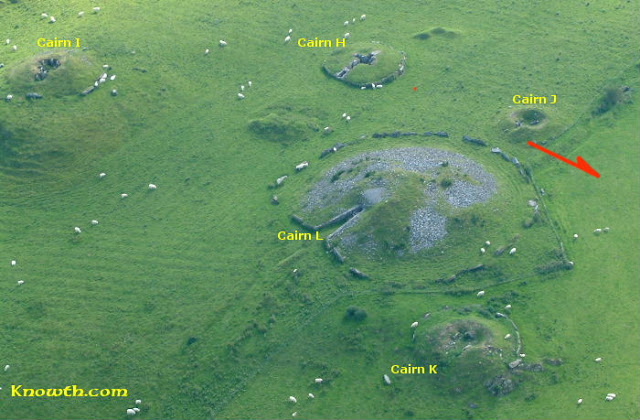Above is a remarkable interview recorded back in February of 2014 with economist Michael Hudson, in which Professor Hudson explains that neoliberalism should really be understood as neo-feudalism, as he explicitly says at 16:30 in the conversation.
For an extended discussion and definition of neoliberalism, see this previous post entitled "Earth Day, 2017: the choices of Midas and Solomon."
Professor Hudson goes on to explain that neoliberalism seeks to weaken the power of representative governments -- and even to break them up -- in order to enable the privatization and exploitation of the public domain: the riches of the soil, the mineral wealth beneath the ground, the timberlands and forests, the seaports, the waterways and rivers, and all the other "gifts of nature" (or gifts of the gods). He says:
And that's what neoliberalism is: it's really neo-feudalism. It's a dismantling of democracy. It's a dismantling of democracy in favor of a financial oligarchy [this segment can be found beginning at 16:30].
Earlier in the interview, he explained that one of the goals of neoliberalism is the privatization of that which should actually be public:
And stage two is when the governments have to pay by selling off the public domain: the land, the natural resources, the forests, the ports, the electrical systems, the natural monopolies, and the infrastructure -- the roads and the bridges -- and the economy's turned into a tollbooth economy, and so you're going very rapidly back to feudalism. And that's where Ireland is going: it's going back to the fourteenth century, quickly [this segment can be found beginning at 14:25].
The privatization of that which belongs to the public, in order to erect "tollbooths" on it, characterized the feudalism of the Middle Ages in western Europe -- a period of time which resulted from the overthrow of the ancient world following the rise of literalist Christianity, which captured the control centers of the Roman Empire with the accession of the Emperor Constantine in AD 313, and which shut down the Oracle at Delphi and the Eleusinian Mysteries during the reign Theodosius, who came to the throne about forty-two years after Constantine's death.
During the Middle Ages which followed, that which should really have been understood to be the gifts of the gods was divvied up for the benefit of the descendants of those who had replaced the ancient wisdom with the new literalistic faith (and who used that faith as justification for their seizure of what the ancient wisdom describes as belonging to the gods).
That's why Michael Hudson's framing of very modern problems -- subjects that are as fresh as this morning's news -- in the context of a much longer and deeper history, and his repeated references to the Middle Ages, are so important. As he says at 27:47 (towards the end of the interview): "All this has happened before."
However, as Professor Hudson also explains in this insightful interview, it is much more difficult to perceive what is going on if you've never been taught history -- and as he explains beginning at about the 7:00 mark in the interview and going until about the 9:24 mark (with further discussion beginning at about the 17:00 mark and 24:00 mark), the control of the narrative of the history of economic thought, and even of the narrative of history itself, can prevent the vast majority of people from even developing the perspective necessary to see what is going on or to even think about alternatives.
In other words, Professor Hudson argues, history is being actively suppressed and replaced with disinformation instead, with a very clear motive.
I would argue that we can find abundant evidence to conclude that this very same kind of suppression of history and deliberate propagation of disinformation is going on with respect to many aspects of humanity's ancient past as well.
I recommend listening to the above interview in its entirety, and carefully contemplating its implications. The interview's contents are all the more powerful when you realize that it was recorded in February of 2014 -- events that have taken place since then have confirmed many of the assessments and predictions that Professor Hudson provides in his responses.
You can download the file to take with you on a mobile device by right-clicking (or control-clicking) on this link and selecting "Download linked file as" (and then selecting a place on your device to save the file). You can also download the file by clicking on the small downward-pointing arrow in the embedded player at the top of this post.
Previous posts dealing with this same subject include:
- "Privatization vs the gods (and the people)"
- "Transforming everyone and everything into commodities"
- "Siphoning-off the gifts of the gods behind a cloak of Orwellian mind control"
- "Collaborators against the gods"
- "Some lessons from King Midas, who discovered he could not eat gold"

















